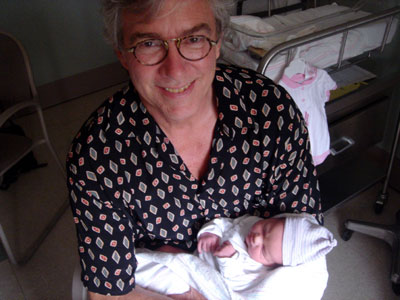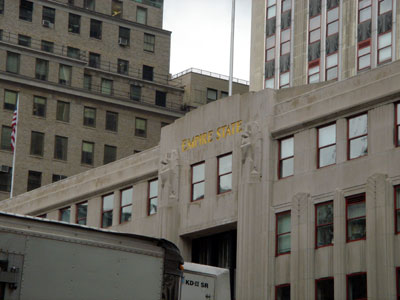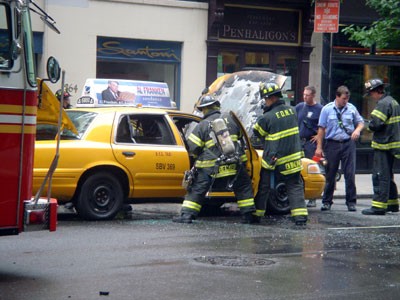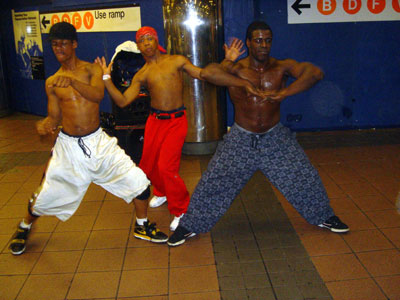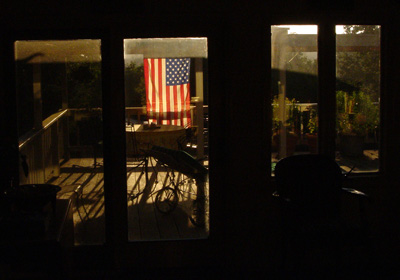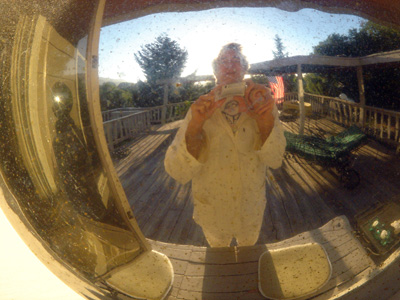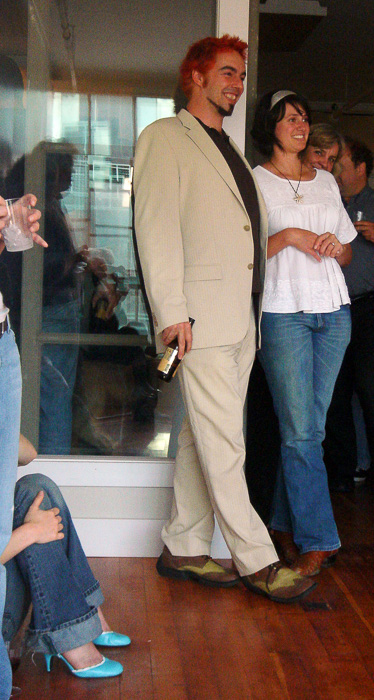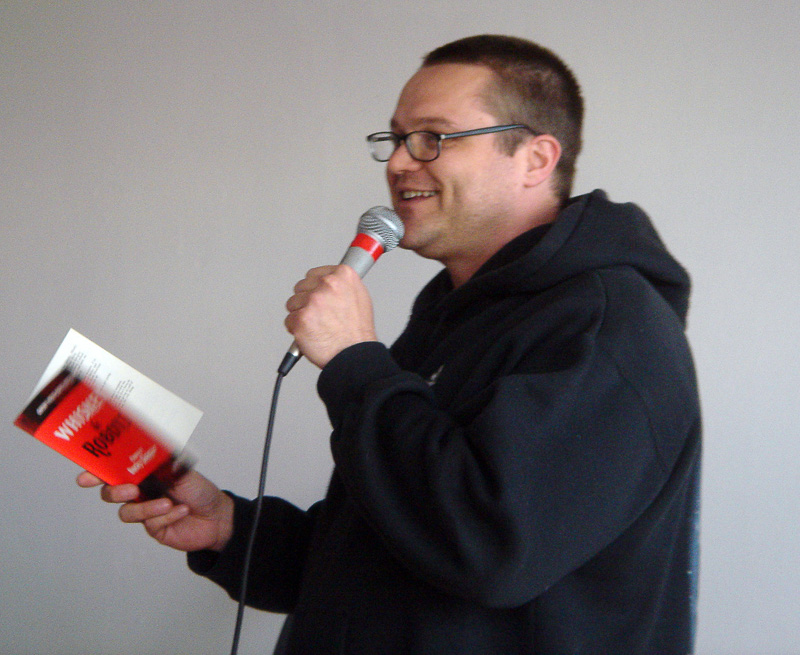I’ve been busy finishing Chapter Six: The Gobubbles for Mathematicians in Love. Today’s text is the chapter ending, with a big rocks-off fantasy concert scene with Bela's band Washer Drop playing with metal band AntiCrystal at Heritagist Park, the baseball stadium in SF. The scene relates to the hundred-percent patriotism campaign I was imagining a few days ago.
As long as I'm sinking into political ranting — I heard an intersting rumor after Rumsfeld said that they know where Osama is in Pakistan, but they're not going to do anything about it. To wit: The Chimp sent his personal black helicopter to ferry family-friend Osama to safety from Afghanistan to Pakistan in 2002, so that Osama would be handy for popping out to scare the voters in November, 2004! And that's why they know where he is. They set him up there. Pass it on, and believe everything you see in blogs!
I’m also busy doing my third go-through on the copy edits for The Lifebox, the Seashell, and the Soul, so today’s graphics are three random images I just corrected in there.
***
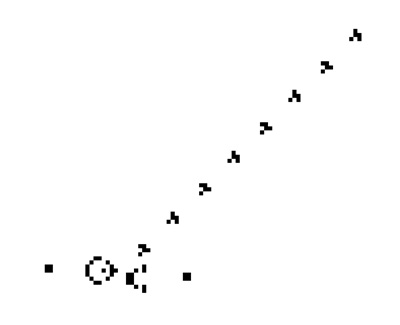
[Classified time-lapse photo of the Chimp’s black helicopter!]
“We’ve got a hundred-percent problem in this country,” I yelled into my microphone, my voice booming back at me. “See your future in the bubbles! See what the Heritagists want with their hundred-percent campaign! And, thank you, thank you, thank you, AntiCrystal for letting us play this song! Joe Doakes is — a Hundred-Percent *sshole!” I swung my arms down like a conductor and the bands dug in, K-Jen and Waclaw screaming the lyrics with a classic dreg/metal mix of joy and defiance.
He’s a hundred-percent jerk — Never had to work.
He’s a hundred-percent dumb — Wants all our music numb.
He’s a hundred-percent greed — Robs the families in need.
He’s a hundred-percent rich — He use you for his bitch.
It was a wild ride. Naz and Abdul were pounding the drums in a goose-stepper’s march, Cammy and Jutta were bubbling up fat sarcastic bass notes, Stanislaw was playing a wallpaper of paisley-shapes and I was stabbing rusty triangular knives of ostinato guitar feedback into K-Jen’s stark text.
He’s a hundred-percent war — Our kids are dying for.
He’s a hundred-percent killer — Behind his mansion pillars.
He’s a hundred-percent hate — Stop, it’s getting late.
He’s a hundred-percent pig — Why’d we let him get so big?
We all had mikes, and we came in together on the chorus, with the crowd pumping their fists and roaring the words along with us, over and over again, Waclaw’s hugely amplified voice soaring above it all, barking out the refrain with a quirky passion that made each repetition new.
Hundred-percent *sshole!
Hundred-percent *sshole!
Hundred-percent *sshole!
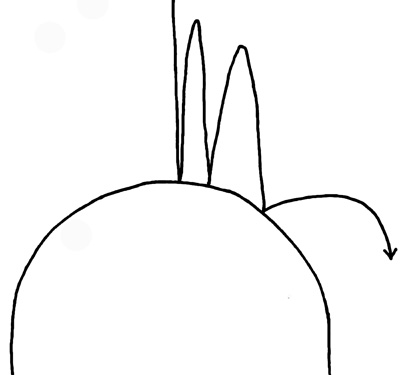
[Graph of Heritagist popularity.]
Yes, I know the lyrics look crude on the printed page, but forget not the transformative power of rock and roll. Imagine, if you will, thirty thousand people screaming these words at once, and imagine ten thousand Gobubbles floating among them, with each bubble showing a simulated moment of the projected hundred-percent Heritagist administration: truculent Joe Doakes announcing another war in the service of big business, police attacking poor people with clubs, industrial pipelines pouring poisons into rivers, American tanks razing mosques and minarets, hard-guy Frank Ramirez telling FBI agents to shut up, a skyscraper collapsing from a terrorist bomb, peevish Doakes and his marshmallow family hobnobbing with glittering billionaires, a fresh-faced American soldier dying, a hopeless old woman staring into an empty cupboard, pollution-caused cancer tumors swelling from an man's throat, Doakes testily signing another tax cut for the rich — hundred-percent *sshole!
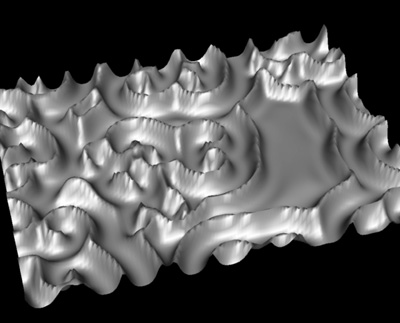
[Your brain on music.]
Backstage we were jubilant, and with good reason. Though we didn’t fully realize it yet, we sensed we’d changed America for good. Before long, whenever a Heritagist politician said their pet code-phrase “hundred-percent” each and every listener would mentally append the word “*sshole,” often as not saying it out loud.
***
Have a good Independence Day. It’s still a free country — but only as long as you remember to use your freedom.
